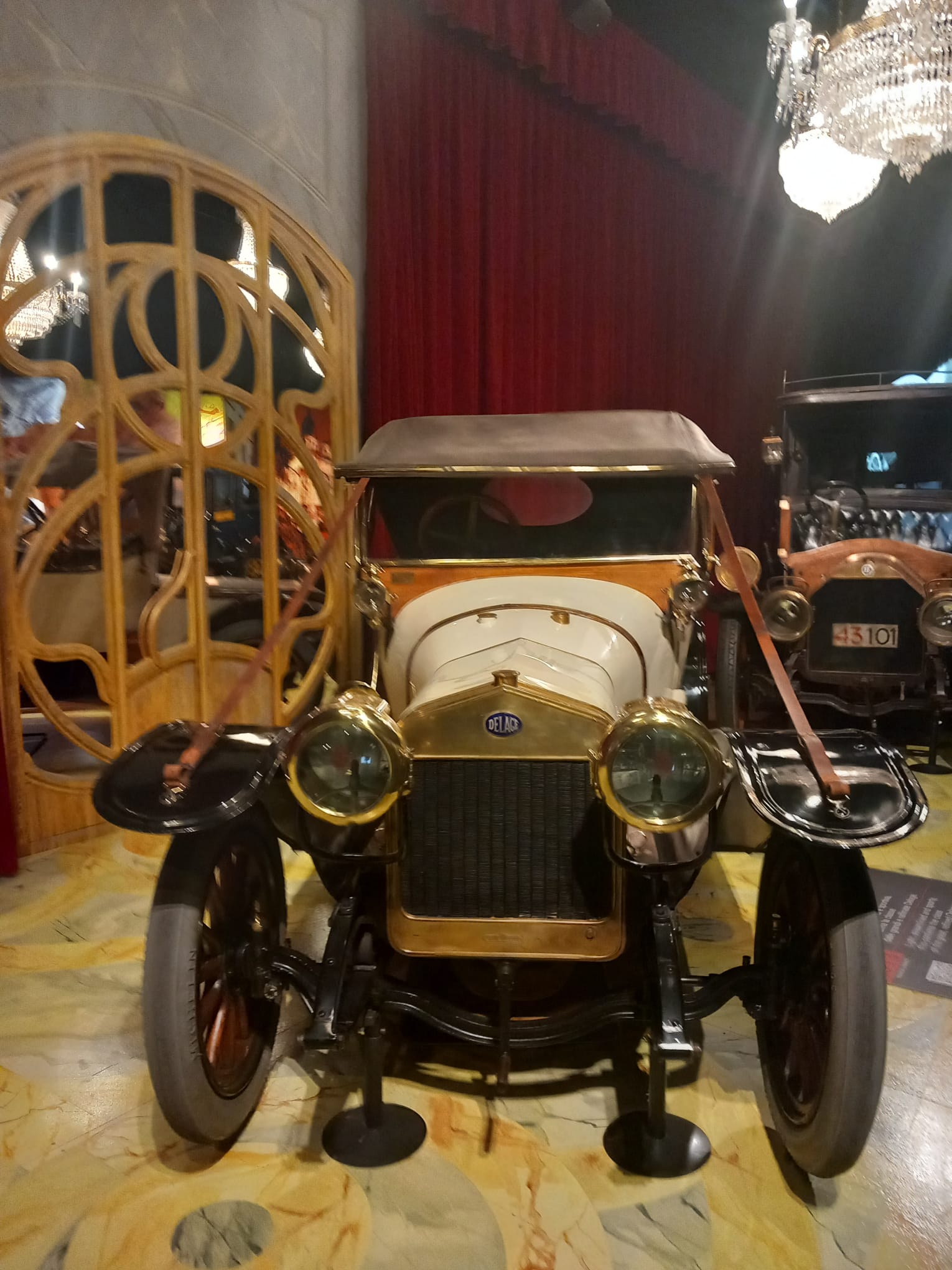The National Automobile Museum
The National Automobile Museum (Museo Nazionale dell’Automobile) is one of the oldest car museums in the world.
History of the Museum
The museum was established in 1932 during a congress of the Automobile Club of Turin, to honor veteran drivers who had held a driving license for at least 25 years. This idea was proposed by Cesare Goria Gatti and Roberto Biscaretti di Ruffa, pioneers of Italian motorsport and co-founders of both the Automobile Club and FIAT.
The project received official approval from Benito Mussolini in 1933, and the National Automobile Museum was officially founded. At first, finding a suitable location was challenging, and the first exhibition space was set up near the city stadium, displaying around 100 vehicles, along with an archive and a library. During World War II, the archive and library suffered serious damage, but the car collection remained intact.
In the 1960s, the museum moved to a new building on the bank of the River Po, designed by Amedeo Albertini, an example of modern architecture. After major renovations, the museum reopened in 2011, featuring an expanded exhibition space.
The Collection
The museum displays its collection of over 200 vehicles in 30 rooms, using scenographic elements and interactive installations. However, only 160 cars are exhibited at a time, while the rest are kept in a special garage, which can be visited by request.
The collection includes cars from 1769 to 1996, with temporary exhibitions featuring modern and concept cars. Over 80 automobile brands from nine countries are represented. Some of the most valuable exhibits include:
- The first FIAT 3 ½ HP (1899)
- La Jamais Contente (1899), the first car to exceed 100 km/h
- The first Benz car (1893)
- A 1914 Rolls Royce Silver Ghost
- Ferrari and Alfa Romeo racing cars
Today, the National Automobile Museum is a must-visit for car enthusiasts and those interested in automotive history. 🚗✨